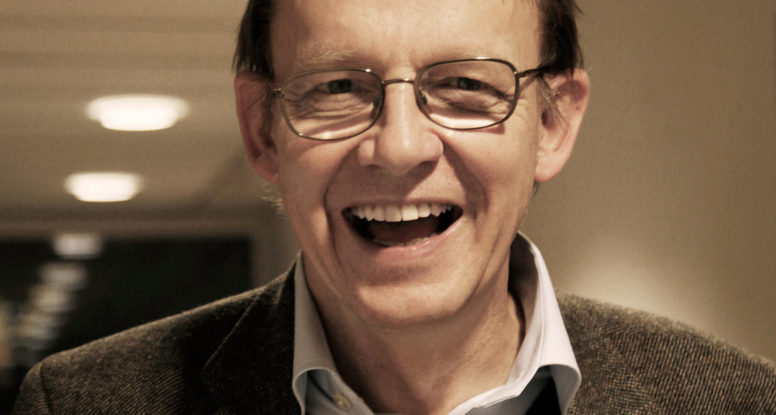
Hans Rosling
1948-2017.
Doctors, researchers and educators.
For the first four years, Hans Rosling lived in the Luthagen district, after which the family moved to Svartbäcken in Uppsala. After graduating from high school, Rosling studied statistics and medicine at Uppsala University. During a trip to Asia in 1972, his interest in public health led to a course in social medicine at St. John's Medical College in Bangalore, India.
After graduating in 1975 and working as an intern in Hudiksvall, he furthered his education and gained expertise in tropical medicine at Uppsala University in 1977.
From 1979 to 1981, the Roslings worked in Nacala Porto in northern Mozambique, where Hans was a district doctor and his wife Agneta a midwife. In 1981, an epidemic of a previously unknown spastic paralysis disease broke out in the Nacala district, affecting more than 1,500 people, mostly women and children. The paralysis was linked to a very aggressive and highly monotonous diet consisting of a toxic form of cassava.
Rosling described the disease in his doctoral thesis and named it Konzo. This means 'bound bones' in the Congolese language where the disease was once described in 1938. During the 1980s, there were several Konzo outbreaks in other African countries.
From 1983 to 1996, Rosling worked as a teacher and researcher at Uppsala University in collaboration with several universities in Africa and Asia. In 1997 he was appointed Professor of International Health at the Karolinska Institute in Stockholm.
In 1999, Rosling began lecturing with a new kind of animated bubble chart that showed the socio-economic state of the world and trends over time. The program was called Trendalyzer and had been developed by his son and son's wife, with whom he co-founded the Gapminder Foundation.
The lectures made complex statistics on world developments understandable to the public, policy makers and opinion leaders. The lectures were broadcast via the Web and TV all over the world, and governments and organizations hired him as a lecturer and advisor.
Rosling devoted his professional life to global health, global health problems, and how these are related to poverty. With the conviction that reason and knowledge improve the world and that with it we can eradicate extreme poverty and reduce carbon emissions, Rosling pointed out that it is the richest billion of the world's population that must first and foremost reduce carbon emissions because they account for half of them.
Hans Rosling's memoirs How I Learned to Understand the World, written with journalist Fanny Härgestam, were published posthumously in 2017 and Factfulness, written in collaboration with Ola and Anna Rosling Rönnlund, was published in 2018.
Burial site: 0116-0836B
Image description: Hans Rosling, press photo. Photo: Stefan Nilsson / Gapminder.orgThe image is cropped]
Click here for an uncropped image
